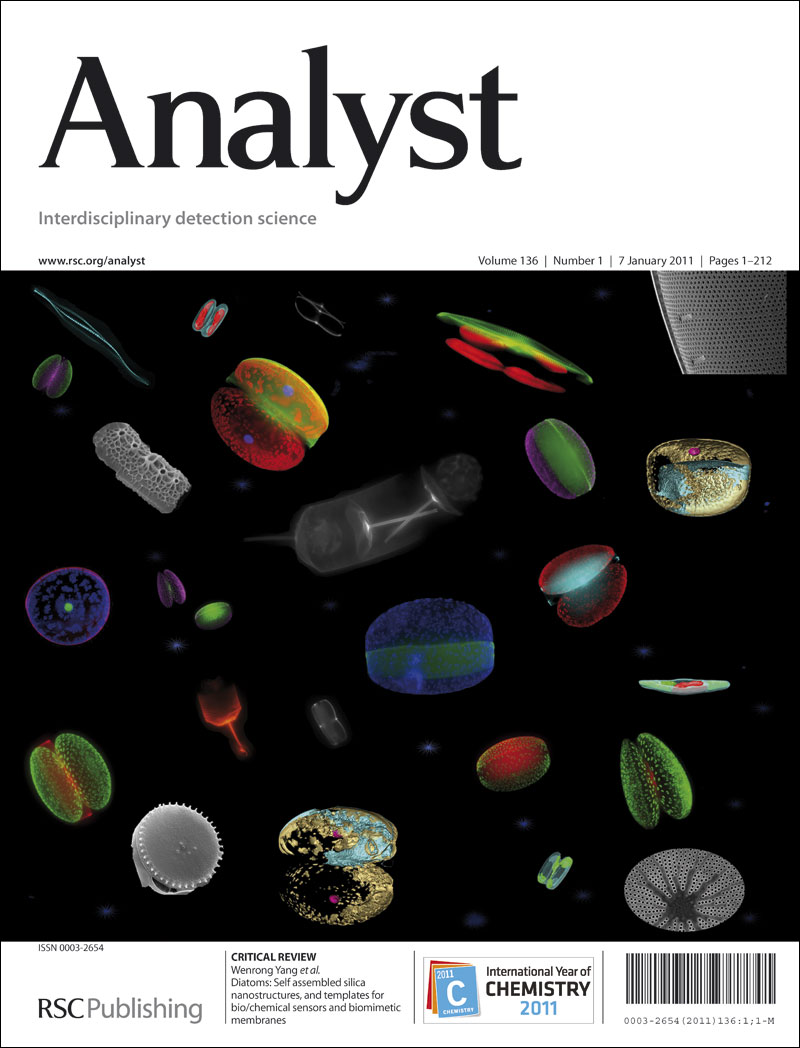Differentiation and identification of commensal and pathogenic oral bacteria at strain level using ATR-FTIR spectroscopy
IF 3.6
3区 化学
Q2 CHEMISTRY, ANALYTICAL
引用次数: 0
Abstract
The correct identification of different bacteria is a critical task in clinical applications and basic research especially in the oral cavity which has a complex bacterial community. Complementary to a variety of phenotyping and genotyping methods, we propose FTIR spectroscopy as a fast and non-destructive technique for accurate bacterial identification. This technique can be used to investigate the chemical makeup of a given sample and also allows for bacterial classification at strain level. In this work, we investigate the ability of ATR-FTIR spectroscopy to identify different oral bacteria from known laboratory stains as well as strains from patient-derived samples. Using this technique, six measured species could be classified with high accuracy (> 97 %) using chemometric models. Furthermore, the model which was only trained with laboratory strains could still correctly identify the patient-derived strains at the genus level. These results open the possibility of constructing a simplified tailored classification model based only on a target species and few other representative species, while still being able to distinguish the target species from a much larger number of other bacterial species for application to oral microbial communities.ATR-FTIR光谱在菌株水平上鉴别口腔共生菌和致病菌
正确鉴定不同的细菌是临床应用和基础研究的关键任务,特别是在细菌群落复杂的口腔中。作为各种表型和基因分型方法的补充,我们提出FTIR光谱作为一种快速、非破坏性的准确细菌鉴定技术。该技术可用于研究给定样品的化学组成,也允许在菌株水平上进行细菌分类。在这项工作中,我们研究了ATR-FTIR光谱从已知的实验室污渍中识别不同口腔细菌以及从患者来源的样品中识别菌株的能力。利用该技术,6种被测物种的分类精度较高(>;97%)使用化学计量学模型。此外,仅用实验室菌株训练的模型仍能在属水平上正确识别患者来源的菌株。这些结果为构建一个仅基于目标菌种和少数其他代表性菌种的简化定制分类模型提供了可能性,同时仍然能够将目标菌种与大量其他细菌菌种区分开来,用于口腔微生物群落。
本文章由计算机程序翻译,如有差异,请以英文原文为准。
求助全文
约1分钟内获得全文
求助全文
来源期刊

Analyst
化学-分析化学
CiteScore
7.80
自引率
4.80%
发文量
636
审稿时长
1.9 months
期刊介绍:
"Analyst" journal is the home of premier fundamental discoveries, inventions and applications in the analytical and bioanalytical sciences.
 求助内容:
求助内容: 应助结果提醒方式:
应助结果提醒方式:


